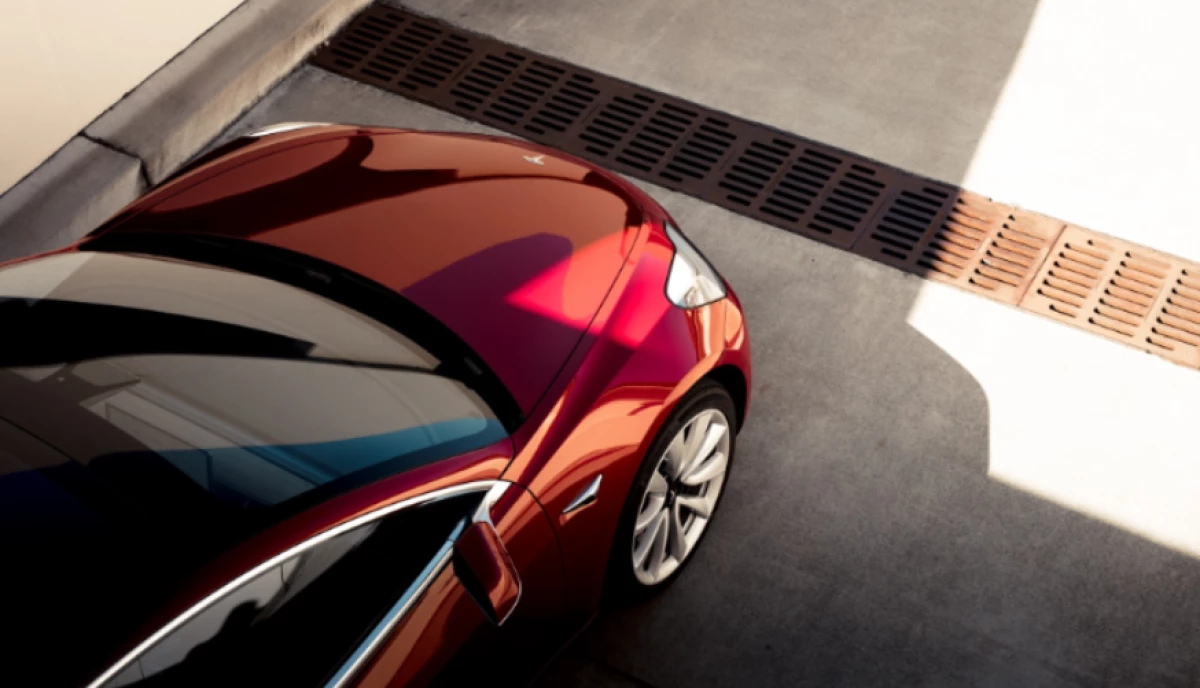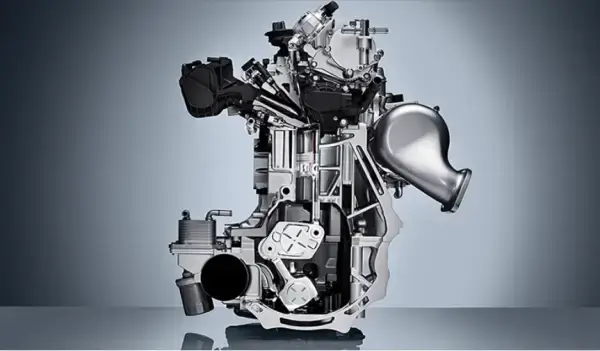8 functions of the future that cars already have and you didn’t know about


Cars that fly or drive themselves are not yet available to the public, but many cutting-edge technologies are already featured in today’s vehicles.
More car companies are harnessing innovations coming out of Silicon Valley and elsewhere to make driving less hassle and more fun.
Here are some of the best features shaping the future of driving, from windshield projections to never having to park again.
1. Cars that see
Cars are increasingly equipped with sensors, especially cameras. With the help of computer vision software, the cameras can identify signs, such as speed limits, and adjust them.
Ford offers a speed limiting feature on several of its European cars, including the Kuga, Edge, S-Max and Galaxy. A driver in one of those vehicles can set parameters to avoid driving over the speed limit. Instead of applying the brakes to maintain that speed, it limits the amount of fuel to the engine.
Read: Ford will start testing new autonomous vehicle technology in 2018
Cameras also play an important role in autonomous vehicles, such as helping them see around corners or detect people and objects on the road.
The Cadillac SuperCruise uses a camera on the steering column to monitor the driver’s eyes. It knows when a driver’s eyes are off the road for too long and turns on a light to help them refocus.
2. Autonomous driving
Self-driving cars are still a few years away. However, some automakers have implemented features that allow motorists to enjoy a small taste of the future.
Tesla’s Autopilot feature touts automatic steering and automatic emergency braking. On some highways, the vehicle can identify the lane markers and the direction to stay in the lane. If a driver doesn’t see a pedestrian or other obstacle, automatic emergency braking kicks in to bring the car to a stop.
Bet
More automakers are betting on autonomous vehicles. (General Motors)
The car is guided by eight cameras, 12 ultrasonic sensors and radar technology, used in ships and planes, to locate the direction and distance of objects. High-end models from Mercedes-Benz, General Motors and Volvo offer similar systems.
Read: Samsung enters the autonomous vehicle race
Meanwhile, cars like the Toyota Camry and Honda Civic now feature adaptive cruise control, allowing them to automatically keep pace with the vehicle in front of them.
The terms autonomous driving and self-driving are often used interchangeably. But there’s a range of autonomy from low-end features like cruise control to high-end vehicles that are so self-sufficient they don’t need steering wheels or pedals.
3. Parking assistance
Automakers want to take the hassle out of parking.
Although many companies offer a parallel parking feature to guide drivers to spots, some manufacturers, including Tesla and BMW, are going a step further. Automated parking does not require the driver to be in the car.
The BMW 7 Series can get in and out of tight spaces while the driver waits outside the vehicle. Drivers press a button on their key to tell the car when to enter or exit a parking spot.
Read: The first autonomous BMW and the 5G network will see the light in 2018: Intel
Some Tesla models can be called from a smartphone, so you can drive slowly and find your owner. Vehicles can also be synced with garage doors, so they can enter and exit independently while drivers wait outside.
null
4. Panoramic glass screens
One solution to the danger of drivers taking their eyes off the road is a head-up display that projects images onto windshields. This helps prevent drivers from taking their eyes off the road for information such as navigation and speed.

lincoln navigator
It offers a viewing screen so clear that it can be seen even when wearing polarized sunglasses. These screens have become a common choice among luxury brands such as Jaguar, BMW and Audi. (Lincoln)
5. Hybrid technology
One might expect hybrid cars to fade as we move towards electric vehicles. But with more demands for fuel economy, it is likely to see new hybrids on the market in the next few years.
Many of these cars will be “mild hybrids,” which don’t increase efficiency as much as regular hybrids, but cost less, because of smaller, less powerful batteries. Batteries and electric motors in mild hybrids aren’t strong enough to move the weight of the car on their own, but they do provide some boost to the engine, allowing it to work efficiently and save fuel. As with other hybrids, the batteries are charged directly from the gasoline engine or by recovering energy during braking.
Read: The 12 hybrid cars that you can buy in Mexico
The 2018 Jeep Wrangler will be available with a mild hybrid system like this one. At the other end of the spectrum, we’re likely to see more plug-in hybrids like the Toyota Prius Prime. These cars use powerful batteries that can be charged from an external source and usually run considerable distances on electricity alone.
6. A smartphone on wheels
Many smartphone innovations are coming to the world of cars. Apple CarPlay and Android Auto are becoming more common. Infotainment systems are now available on 600 vehicle models. These services allow you to do everything you would do with your smartphone in the car, such as access applications, make calls through voice assistants and receive text messages read aloud.
A driver can also map a potential destination with a smartphone app before leaving the house, so they don’t have to type the address into the car’s computer. Meanwhile, CarPlay can predict where you can drive using addresses from your email and text messages. The cost of these services varies by manufacturer.
7. Gasoline engine technology
Gasoline engines are much more efficient than ever. But even as electric cars seem almost ready to replace gasoline engines, engineers are still finding ways to extract more from 150-year-old technology.

Many automakers have tried to perfect what’s known as homogeneous charge compression: a way to make gasoline engines behave like their efficient cousins, diesel engines. Mazda engineers have designed one that uses air compression and is 30% more efficient.
Motor
Even though diesel engines ignite fuel without a spark plug, Mazda’s effort (due for release in 2019) sometimes uses one. This is because it is not always more efficient to use a compression ignition. (Infinite)
Meanwhile, engineers at Nissan Infiniti’s luxury division have developed an engine with variable compression giving the piston, which compresses air, a variable range of motion.
When combined with turbocharging, which uses small turbines to force more air into the engine, it promises super-quick performance with better fuel economy.
OPINION: How much responsibility does owning a car entail?
8. More control
When combined with turbocharging, which uses small turbines to force more air into the engine, it promises super-quick performance with better fuel economy.
You may think that rapidly accelerating a car is as simple as stomping the accelerator pedal to the floor. But that will probably cause a lot of noise, the rear wheels will spin and you will struggle to maintain the initial and desired direction.
That’s why so many high-performance cars, including the Dodge Challenger Demon, Ford GT Acura NSX, and Lamborghini Aventador, have something called “Launch Control.”
The technology works by dishing out as much power as possible until sensors detect if the wheels are losing their grip on the road. The system keeps the power right on that limit between maximum liftoff and runaway.
While you wouldn’t want to do this in a real driving situation, Launch Control is a way to have fun on the open track with all the horsepower your vehicle has.







